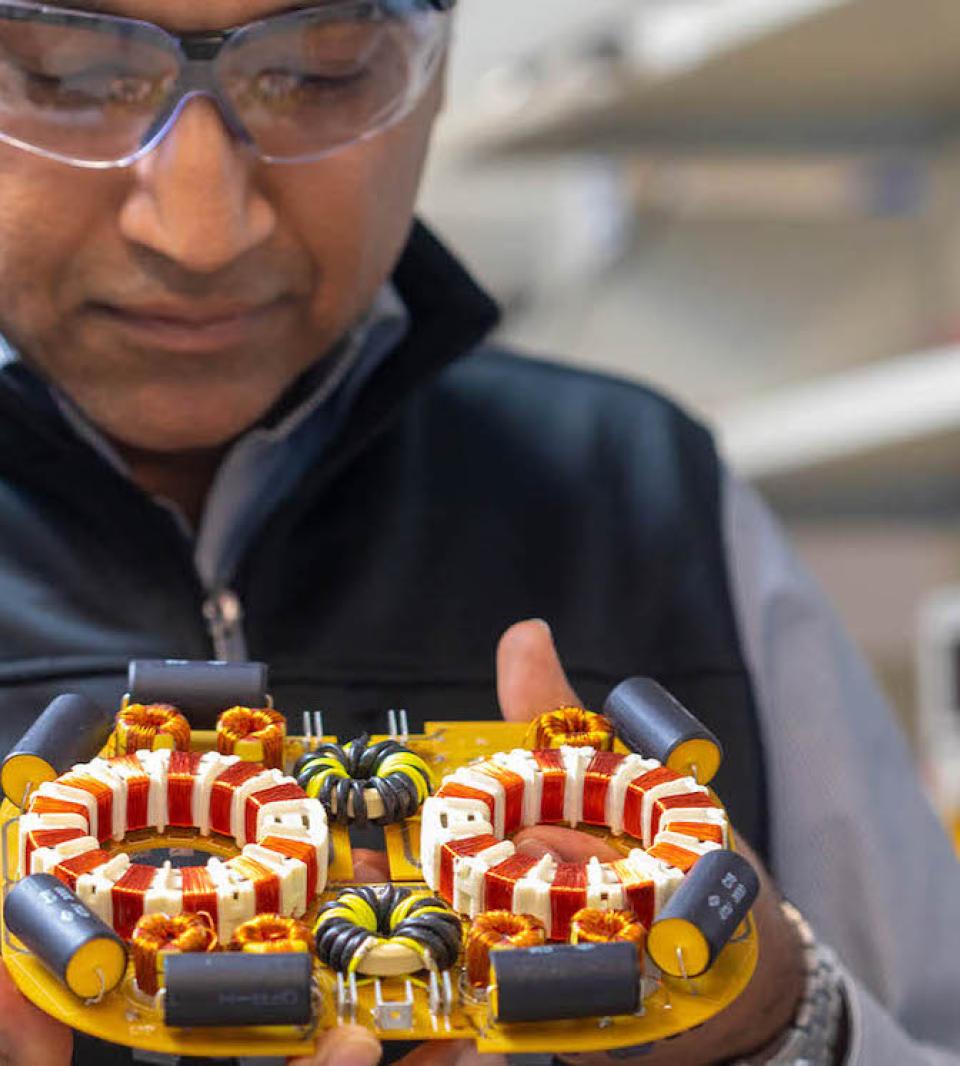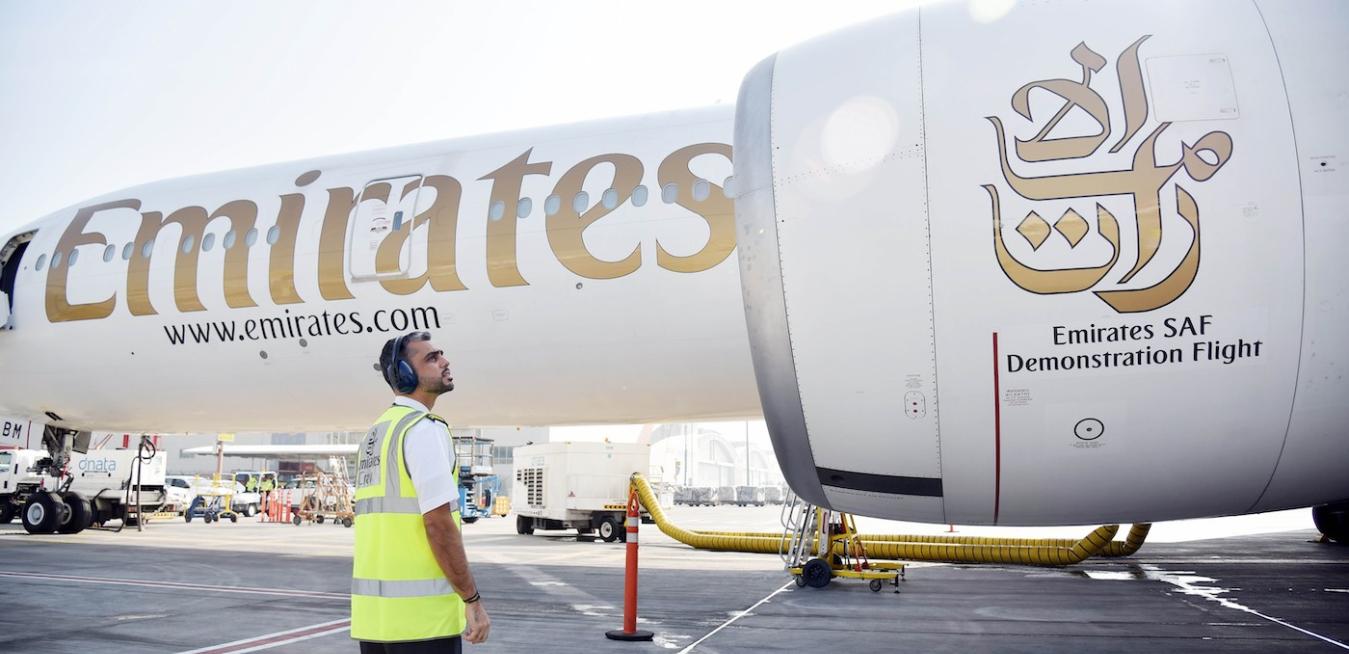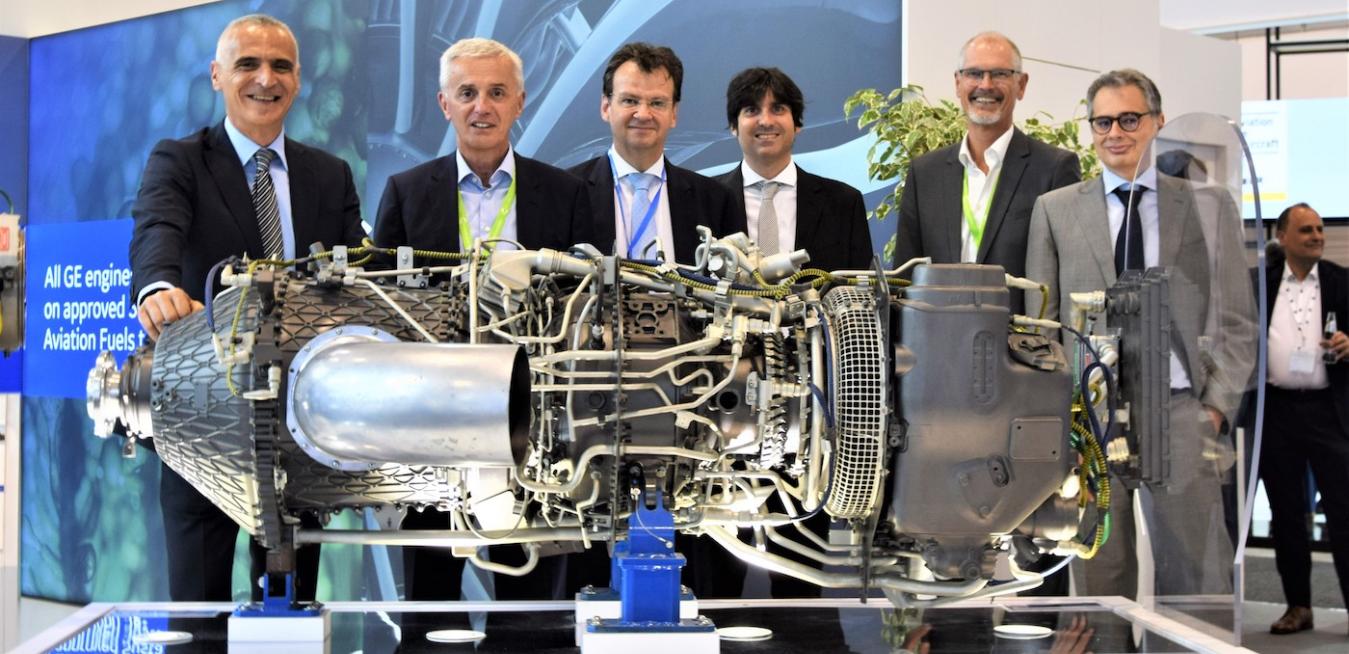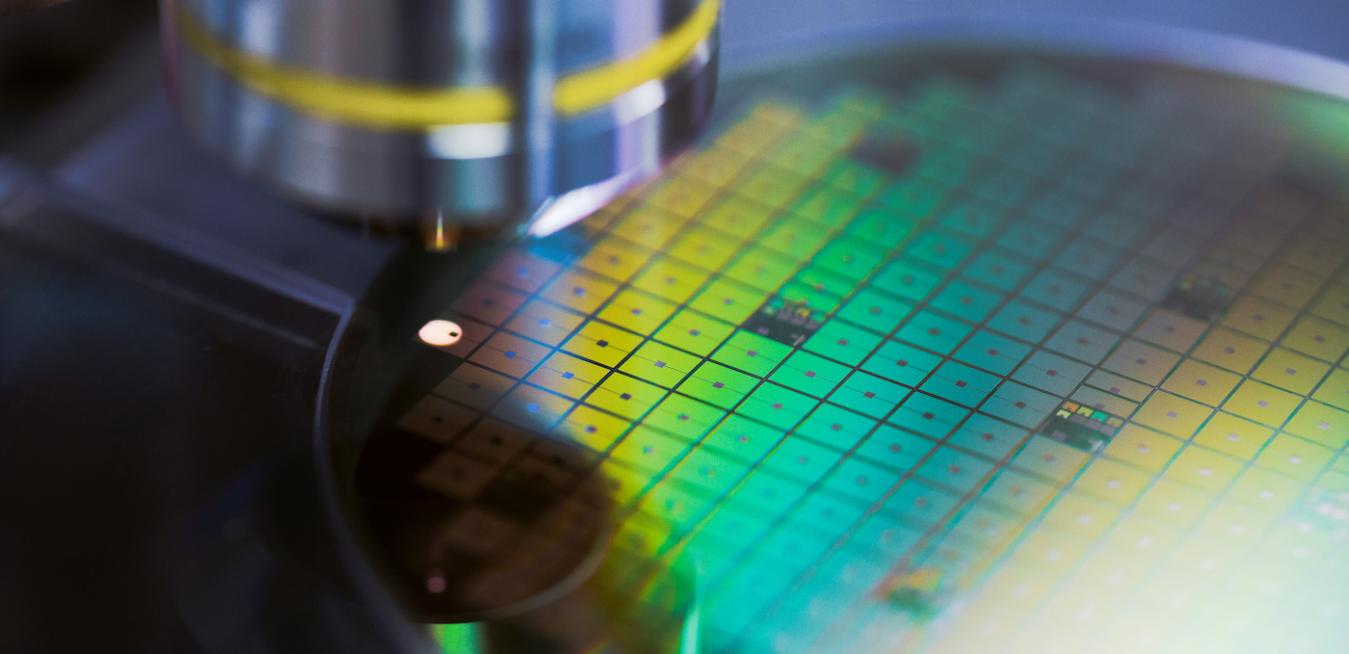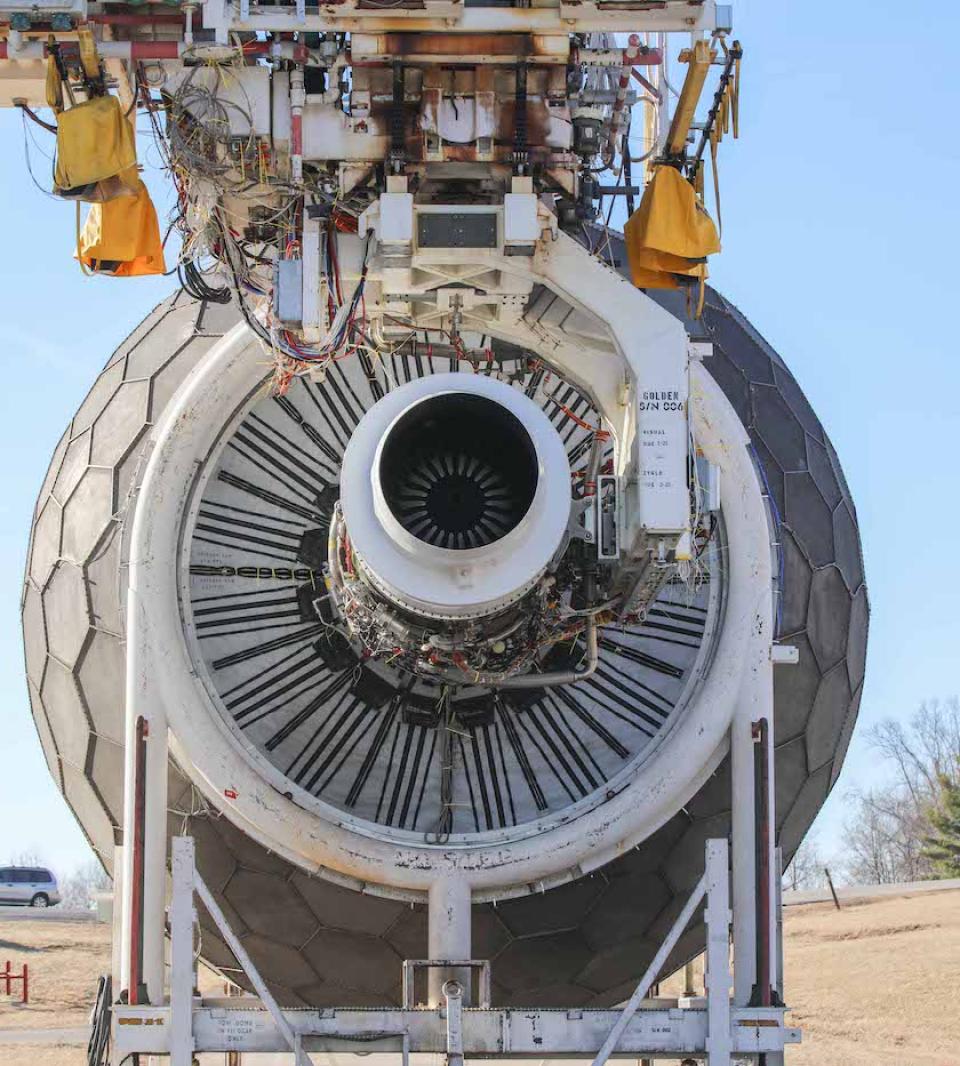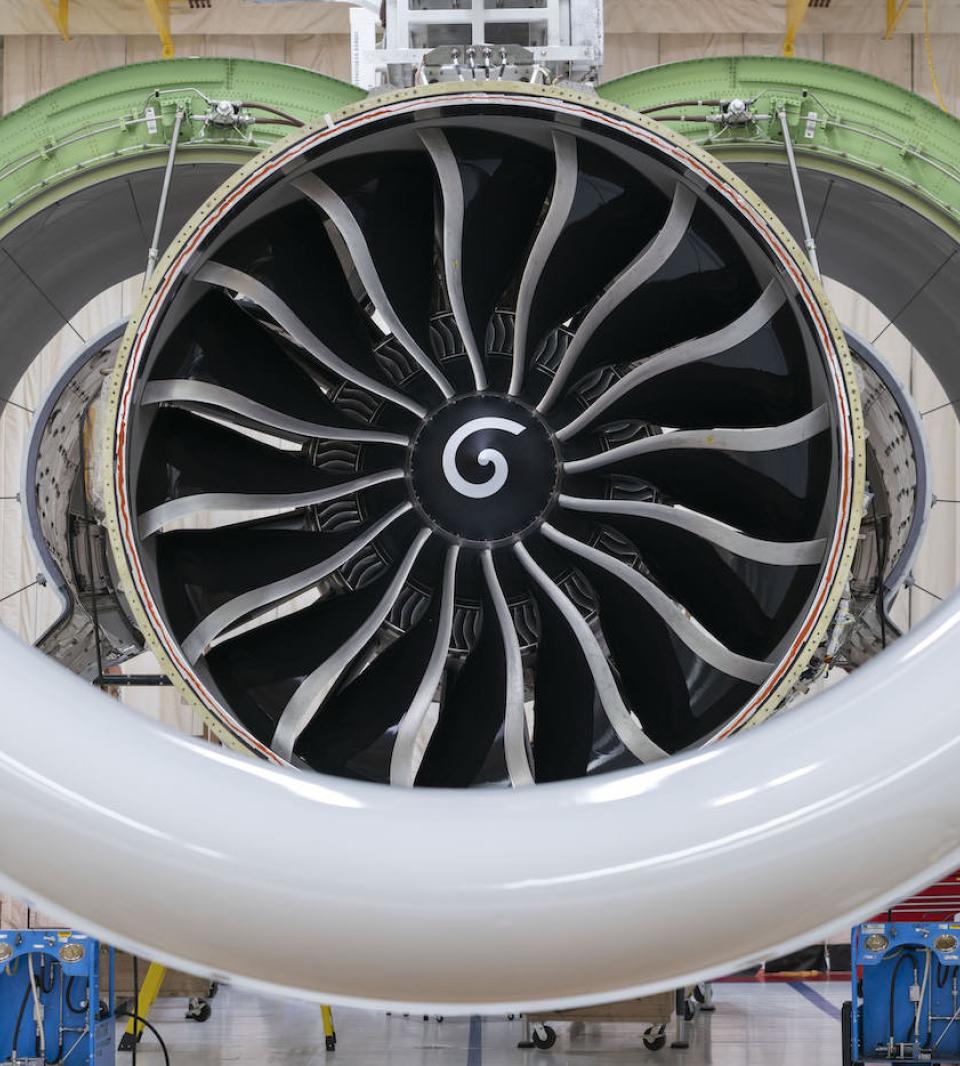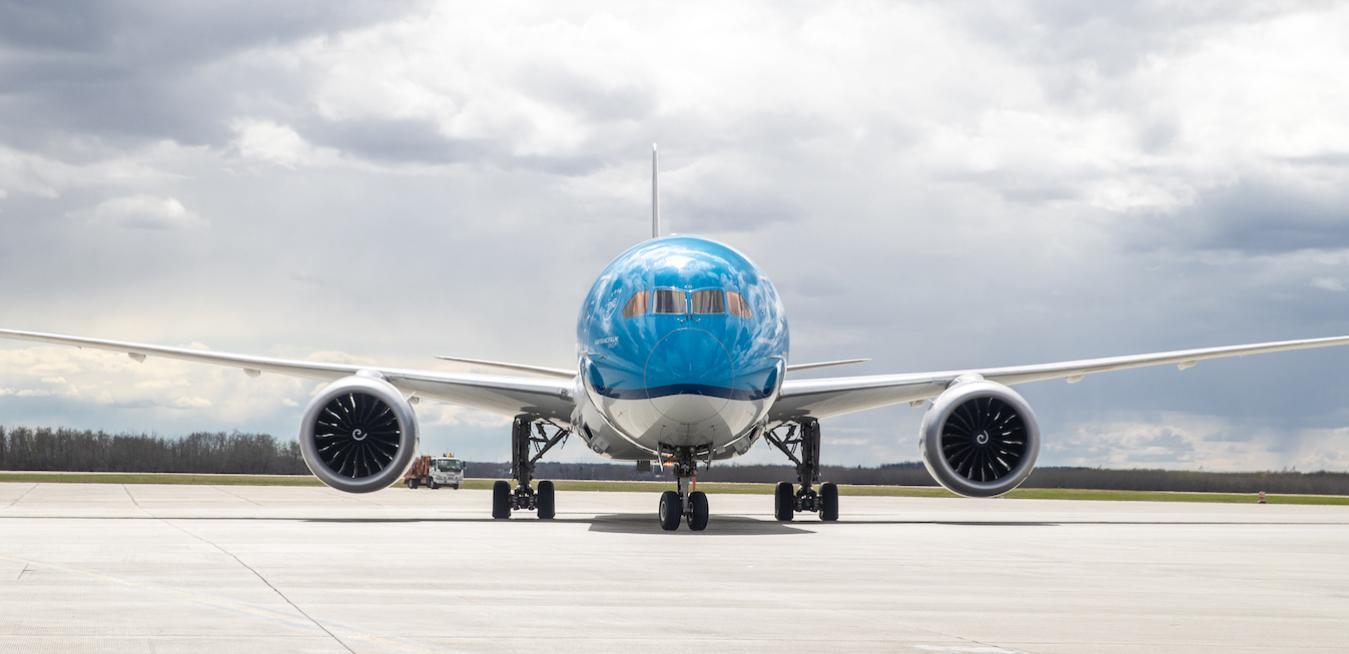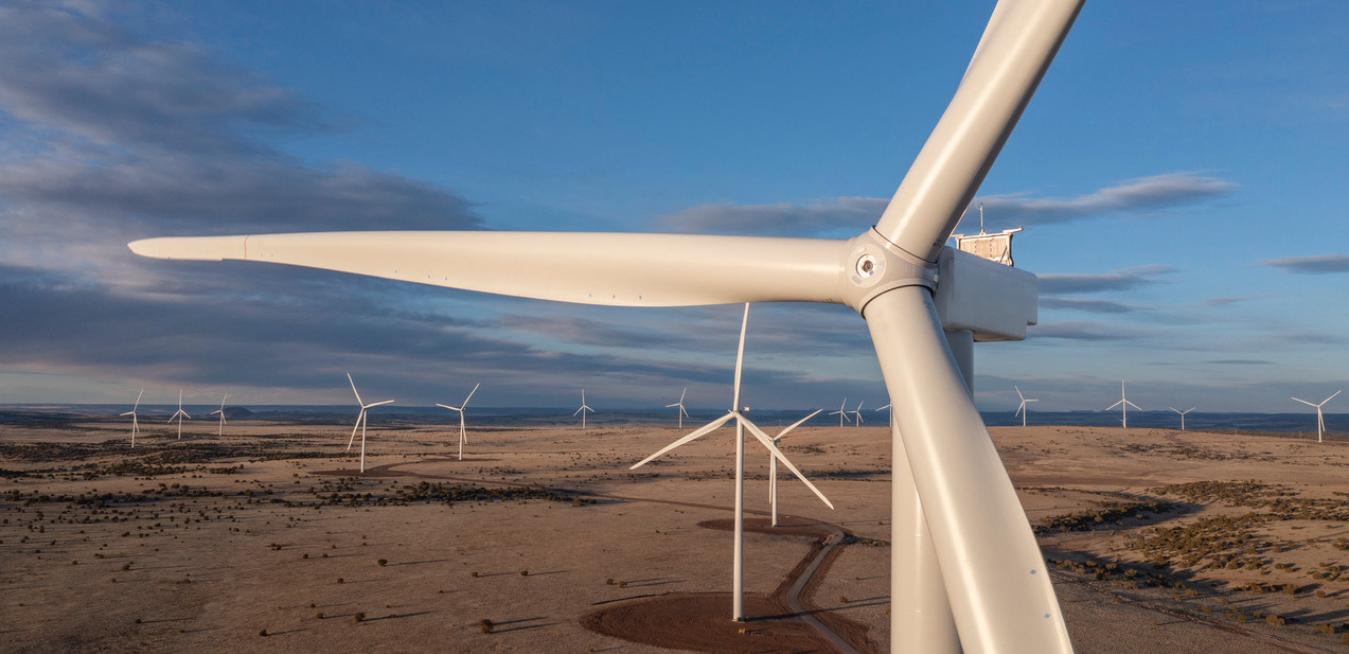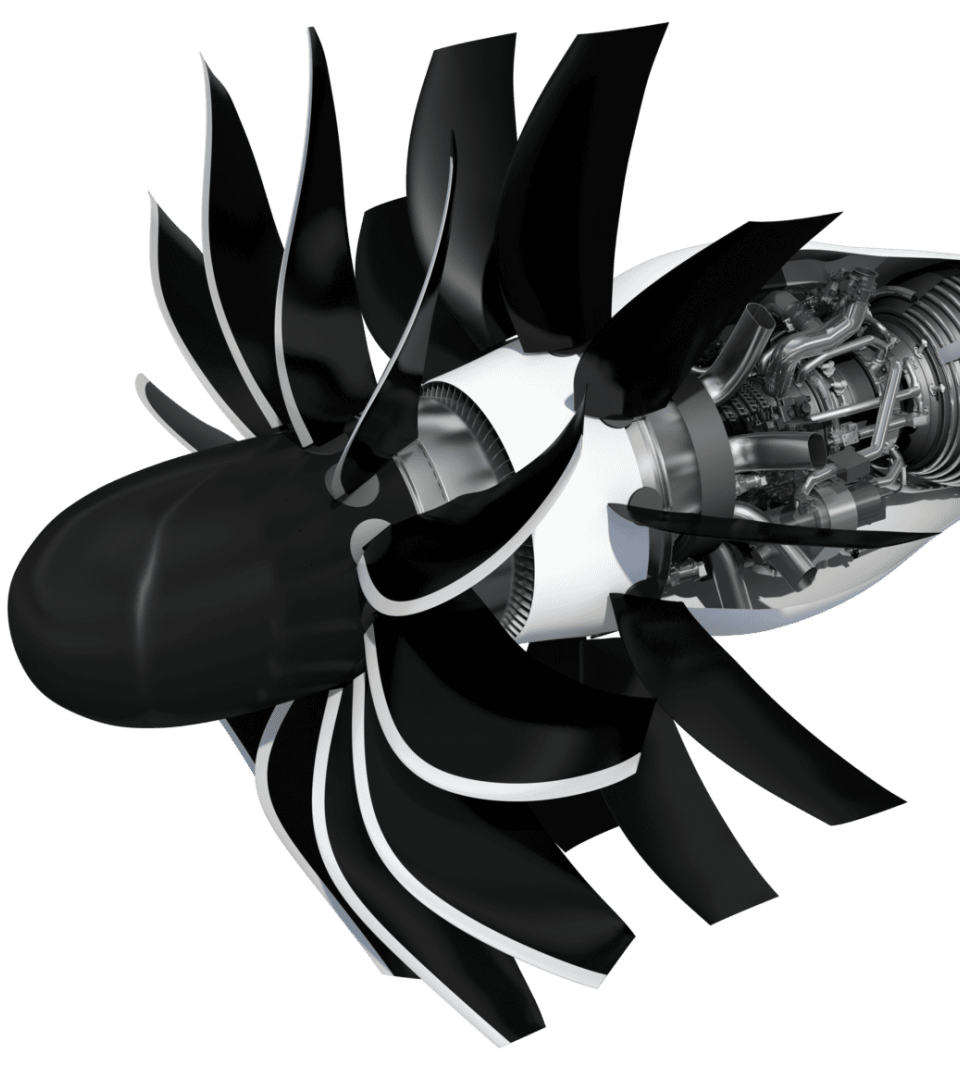Satish Prabhakaran almost missed his calling as an engineer. In the summer of 1994, the 14-year-old Prabhakaran, a native of Chennai, India, was on summer break with family in the United Kingdom. While there he had the opportunity to intern at a local hospital. The placement was intended to give him a taste for the career in medicine that would surely follow, remembers Prabhakaran. “My dad’s a doctor, and my mom’s a chemistry lecturer,” he says. “There was an assumption that I’d probably end up being a doctor too.”
Sustainable aviation fuel (SAF) and technology superfans, unite. In the aviation industry there’s a need for both in the move toward lower CO2 emissions.
In the SAF corner, the alternative jet fuel has the potential to replace petroleum-based jet fuel, reducing CO2 emissions from how it’s made. SAF also has the potential to make the biggest impact on reducing aviation emissions toward reaching net zero by 2050.
GE Aerospace and other manufacturers have been working for years to find ways to help decarbonize the airline industry. It’s quite a challenge, of course. Jet fuel produces carbon emissions, yet it’s a powerful form of energy that has dominated aviation since the Wright brothers went airborne in 1903.
New technologies, from advanced propellers and flight management systems to software focused on optimizing routes to reduce fuel use, are changing the way we fly.
“We can’t imagine a world without flight, and yet we can’t live with the pollution that it produces,” U.S. Energy Secretary Jennifer Granholm declared last week at the Global Clean Energy Action Forum (GCEAF) in Pittsburgh. The topic: “Sustainable Aviation Fuel: Taking Off Across the Globe.”
On Tuesday at Climate Week NYC, GE Chief Sustainability Officer Roger Martella said that the $369 billion in clean energy and climate provisions in the Inflation Reduction Act, signed by President Biden in August, are “a game changer” for GE. By “driving energy innovation and security while addressing climate,” the bill puts the company in a position to deploy technologies and innovate breakthroughs to solve the world’s most pressing climate and sustainability challenges.
Aviation accounts for about 2.5% of global carbon emissions. That’s why GE Aviation, CFM International — a 50/50 joint company between GE and Safran Aircraft Engines — and their airline industry and government partners are working hard to come up with solutions to reduce flight’s carbon footprint. As GE unveils its 2021 Sustainability Report, we looked back at some of this year’s biggest developments, which include sustainable aviation fuel, software that improves efficiency, hybrid electric propulsion, hydrogen fuel and other technologies.
Last week, when President Joe Biden spoke at the launch of the new Federal-State Offshore Wind Partnership — set up to speed the growth of the offshore wind industry in the United States — he highlighted the Haliade-X, a powerful turbine developed by GE Renewable Energy to serve customers around the world.
Countries and companies have been looking for ways to cut carbon, and the aviation industry, which contributes about 2% of global carbon emissions, is no different. In 2021, the Air Transport Action Group, whose members include GE Aviation, declared the aviation industry’s commitment to a goal of net-zero carbon emissions by 2050.
